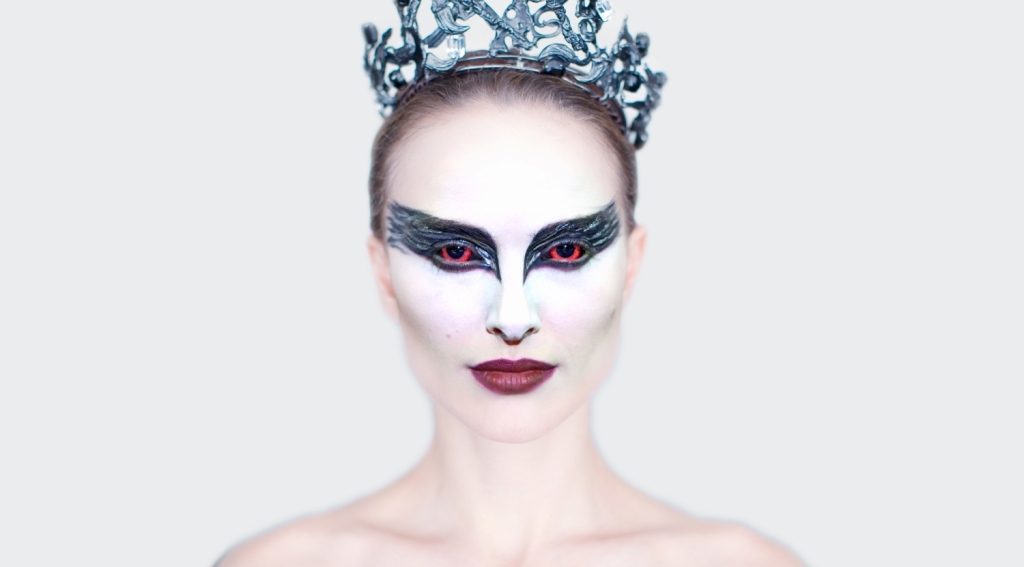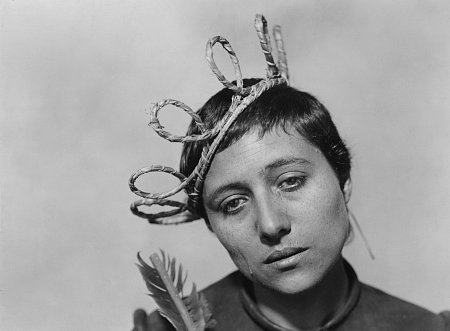Black Swan is a 2010 American psychological horror film directed by Darren Aronofsky from a screenplay by Mark Heyman, John McLaughlin and Andres Heinz, and is based on a story written by Heinz.
This film stars Natalie Portman in the lead role, with Vincent Cassel, Mila Kunis, Barbara Hershey and Winona Ryder in supporting roles. The plot of this film revolves around a production of Tchaikovsky’s Swan Lake by the company of New York City Ballet. This production requires one of their ballerinas to play the innocent and fragile White Swan, in which Nina is a perfect fit, as well as the sensual and dark Black Swan, which is embodied by Nina’s new rival, Lily.
Nina gets overwhelmed by a feeling of thick pressure when she finds herself competing for the role—which causes her to lose her grip on reality and begins to spiral into madness.
“Virginal girl, pure and sweet, trapped in the body of a swan,” said Thomas Leroy, the ballet director played by Vincent Cassel. “She desires freedom, but only true love can break the spell. Her wish is nearly granted in the form of a prince, but before he can declare his love, the lustful twin, the Black Swan, tricks and seduces him. Devastated, the White Swan leaps off a cliff killing herself, and in death finds freedom.”
This quote is delivered in the beginning—which sets the tone for the rest of the film.
Nina effortlessly embodies the White Swan—flawless, fragile and pure. This is without her trying. However, the Swan Queen requires the White and Black Swan to be played entirely.
Nina begins breaking out of her cage and as this film goes on, her mental and physical state gets worse, she slowly begins to go more insane while transitioning into the Black Swan.
This film depicts the mental state of a woman going through an intense amount of pressure to be perfect and flawless while she seems to be losing her mind and harming herself little by little.
Near the beginning of the film, a red bloody scratch is being shown on Nina’s back, she brushes it off and isn’t sure how it’s appeared. As she tries to escape from being just the White Swan, she begins opening herself up to fully become the evil seductive Black Swan, which are all features Lily—the second candidate for the Swan Queen roll—can do better.
Nina begins trying to become Lily and projects herself becoming the perfect Black Swan onto her. This is where her hallucinations begin, Nina begins shifting between reality and her false perceptions of herself and Lily.
She begins going through stages of schizophrenia, where everything around her becomes abnormal.
Her descent into a state of madness begins shortly after. She goes through an identity crisis and is imagining herself everywhere all at once—her hallucinations even begin attacking her.
She sees her legs bend backward and pulls a feather out of her cut—mentally, she is becoming the Black Swan in a physical sense.
Throughout this film, mirrors are constantly being shown. Nina is surrounded by them and they’re being used to symbolize her slowly becoming somebody else entirely—it’s a reflection of her current self undergoing metamorphosis. It also represents body image and the ongoing theme of perfection. Nina constantly says “I just want to be perfect,” and being in an industry as strict as ballet with body shape, size and weight, the cost of perfection only comes with an incredibly large toll on one’s mental and physical health.
From the beginning of the film, we see Nina’s room—which seems to emulate a child’s room—everything is fluffy and pink and she has stuffed animals surrounding her walls. This is all because of her mother’s obsession with Nina being perfect and plays a significant role in the decline of Nina’s mental and physical state.
Nina’s mother retired from being an artist at 28 to raise Nina, and because of this, she projects onto her and yearns for her to be flawless and do everything she couldn’t, as she states “I gave it up to raise you.”
She feels a strong sense of jealousy towards her daughter and treats her as if she’s a child.
Nina is being highly infantilized by her obsessive mother and isn’t able to sensually evolve, she is stuck between being a child and a woman. Her mother forcefully helps her change and cuts her fingernails, insinuating she is a child who can’t do it without her mother’s help.
Her mother seems to have BPD (Bipolar Disorder) and has a switch in her mood almost instantly. She’s either one or the other, one example of this would be when she brought Nina a cake—which Nina didn’t want to eat because of calories—which then leads her mother to snap and move to throw away the entire cake.
Nina’s name also means “little girl” or “young girl” in Spanish—which can express the image her mother portrays onto her. Her mother is seen painting her over and over again and hanging her portraits up—her obsession with Nina becoming the perfect person that she gave up her future to raise only worsens her state of mind.
Lily—Nina’s understudy in the role and the person Nina projects the side she can’t get in touch with—has a major role in the development of Nina and the psychosis Nina goes through.
Lily embodies the White Swan’s evil twin perfectly—seductive, lustful and wild. It’s natural to her to the point that the director even points Nina towards her so she could get a look at what she’s supposed to be like to efficiently play both parts.
She gains an obsession with becoming just as wild as Lily, and that’s when she begins hallucinating that not only is she sexually involved with Lily, but that she ends up killing her.
Her physical awakening was postponed due to her overprotective mother, and although Nina and Lily being involved didn’t actually happen, it opened up a path to a side Nina hasn’t explored. Alongside this, her director’s constant sexual advances towards her, as well as her body dysmorphia and lack of eating, pushed her to a harmful mental state.
Colors in this film are very prominent and symbolize the stages Nina is going through to become the Black Swan. As the film begins—and for about 70% of it—we see mostly lighter shades being depicted, from her clothing to her surroundings.
Then, we start to see more neutrals, and Nina’s style slowly starts shifting into darker shades. At the end of the film we see darker colors more prominently. Draped in black, Nina fully embodies the essence of the Black Swan.
Monochrome colors are constantly surrounding Nina throughout the film, from the walls in the dance hall, to the subtle things around her—this can be interpreted in a few ways. One is the contrast between the White and Black Swan, and how Nina is constantly reminded she needs to seamlessly embody both. It is also interpreted as the way Nina views the world, black and white—simply like a child.
Once the final ballet takes place and Nina goes to perform the White Swan, she messes up and can’t do it. She isn’t the innocent fragile girl she was at first—which makes embodying the White Swan impossible for her. She has broken out of her cage and there isn’t any way for her to return. She then continues and embodies the Black Swan flawlessly, she becomes the role. It’s perfect.
Nina is the Black Swan, with no sense of identity, she takes on that role and embodies it to the fullest extent. After she hallucinates that she has stabbed Lily and realizes she’s only stabbed herself, she doesn’t seem to be in pain—it’s represented as the opposite.
Comparing Nina’s final ballet as the Black Swan to her first in the film, two completely different characters are being depicted.
After Nina’s final jump, she falls onto the mattress and it switches into a white screen—the white screen symbolizes the light at the end of the tunnel, the final destination and the White Swan’s suicide—just as the ballet director stated.
“It was perfect.” A perfect swan.






